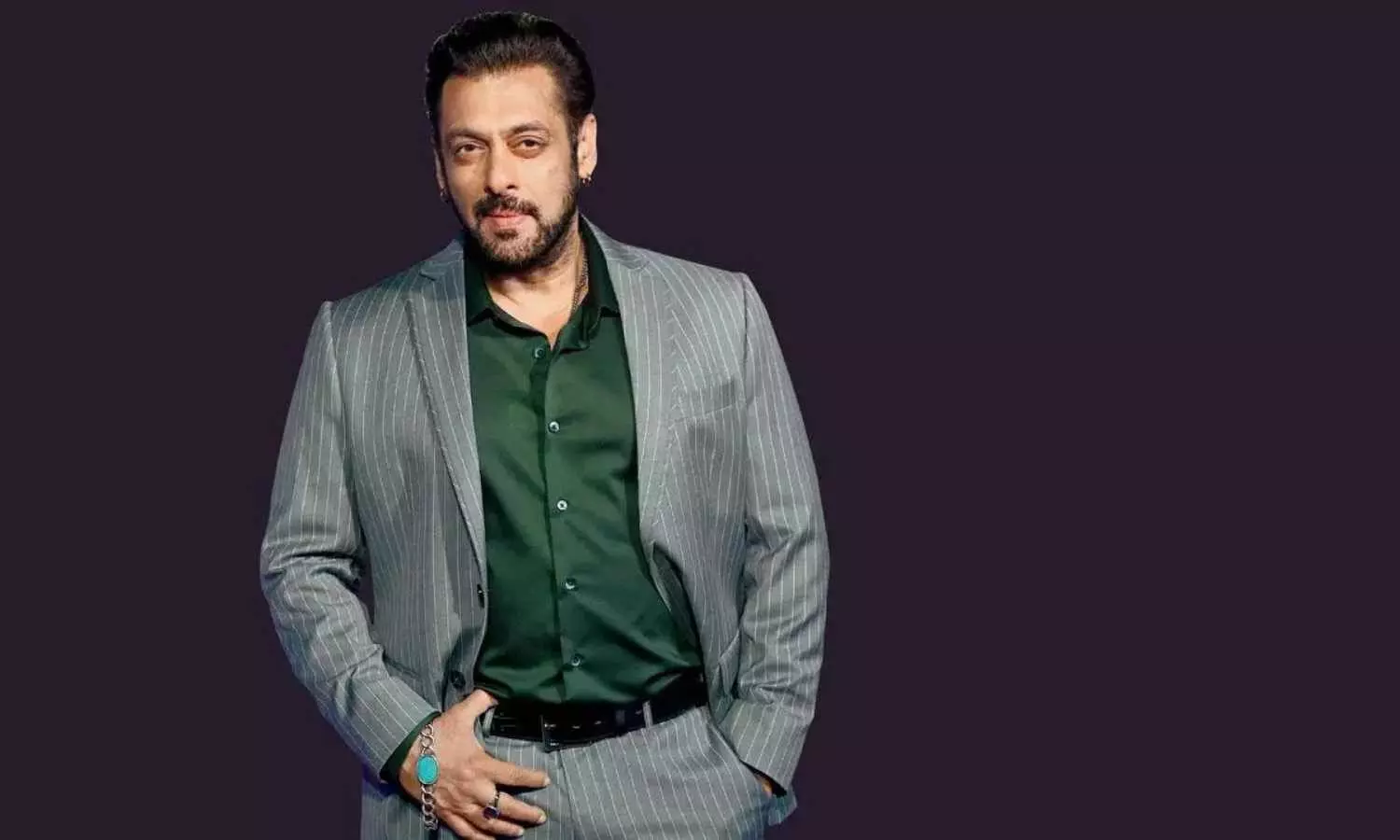Salman Khan Reveals Working Despite Brain Aneurysm: What It Means for Daily Life
Bollywood star Salman Khan opens up about continuing to work while battling a brain aneurysm. Learn how the condition impacts normal life, symptoms, and treatment options.
Salman Khan reveals he's working despite being diagnosed with a brain aneurysm.

Bollywood superstar Salman Khan recently stunned fans with a candid revelation on The Great Indian Kapil Show, he’s working despite battling a brain aneurysm, trigeminal neuralgia, and arteriovenous malformation (AVM). Appearing as the first guest on the new season, the 58-year-old actor said,
“I’m out here breaking bones every day ribs are fractured. I’m working despite having trigeminal neuralgia, a brain aneurysm, and an AV malformation. Still, I carry on.”
His admission has sparked public concern and interest around these serious neurological conditions especially brain aneurysms, often referred to as silent killers.
What Is a Brain Aneurysm and Why Is It So Dangerous?
A brain aneurysm is a balloon-like bulge in an artery caused by a weakened vessel wall. According to Dr. Praveen Gupta of Marengo Asia International Institute of Neuro & Spine,
“The wall of the artery weakens, forming an outpouching that may rupture and lead to brain hemorrhage.”
Many aneurysms remain symptomless until they rupture which can be fatal. When they do rupture, they cause a subarachnoid hemorrhage, a type of stroke with high mortality and long-term damage.
Symptoms to Watch Out For
A ruptured aneurysm typically causes:
- The worst headache of your life
- Nausea and vomiting
- Blurred or double vision
- Seizures
- Loss of consciousness
- Sensitivity to light
- Confusion and stiff neck
Unruptured aneurysms can still cause pressure on brain tissue, impairing memory, attention, or vision, depending on the location.
How Even Unruptured Aneurysms Affect the Brain
Even if the aneurysm doesn’t rupture, it can still disrupt brain function. Neuroscientist Kumaar Bagrodia explains:
- Frontal lobe aneurysms affect memory and emotional regulation
- Middle cerebral artery aneurysms impact speech and attention
- Posterior aneurysms impair vision and spatial memory
Patients may face slower brainwave activity, memory issues, and executive dysfunction.
Who’s at Risk?
Risk factors include:
- High blood pressure
- Smoking
- Age and genetic history
- Polycystic kidney disease (PKD)
- Heavy weightlifting or stunt work (increased arterial pressure)
Dr. Gupta warns that intense workouts or physical strain may cause a hidden aneurysm to rupture.
Treatment Options: Surgery Isn’t Always the Answer
Treatment depends on the aneurysm’s size, location, and risk of rupture:
- Monitoring – for small, unruptured aneurysms
- Surgical Clipping – to seal the aneurysm
- Endovascular Coiling – inserting coils via a catheter
- Flow Diversion Stents – redirecting blood away
Advanced imaging (CT Angiogram or DSA) is essential to decide the best course of action.
Is It Safe to Keep Working Like Salman Khan?
Surprisingly, yes with medical clearance.
“Many people with unruptured aneurysms lead active lives, even in physically demanding professions,” says Dr. Rahul Gupta.
The key: consistent monitoring, medical supervision, and a healthy lifestyle.
The Future of Aneurysm Care: Light Therapy & Nanotech
Promising treatments on the horizon include:
- CRISPR gene editing to target inflammation
- Drug-loaded nanoparticles to repair vessel walls
- Photobiomodulation therapy using infrared light for healing
- Improved stents that can treat smaller aneurysms safely
Busting Common Myths
✅ Myth: All aneurysms rupture → ❌ Fact: Most stay harmless
✅ Myth: Only elderly are affected → ❌ Fact: Can occur at any age
✅ Myth: Surgery is always needed → ❌ Fact: Not in all cases
✅ Myth: Rupture means death → ❌ Fact: Prompt care can save lives
Takeaway
Salman Khan's disclosure shines a much-needed spotlight on serious neurological conditions that often go undetected. His resilience is remarkable, but it's also a call for the public to take brain health seriously and to seek help at the first sign of trouble.
Don’t wait for the “worst headache of your life” to take action.

